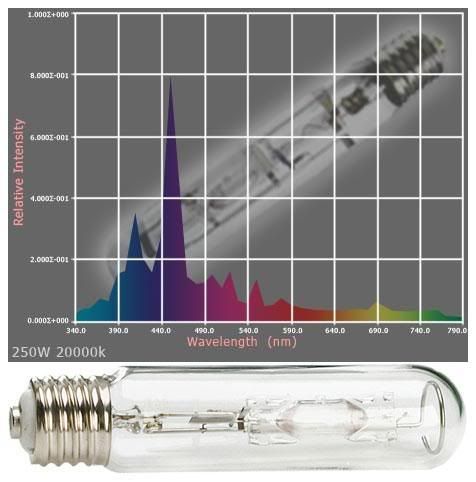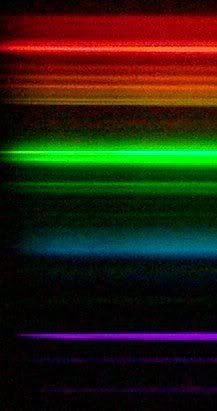mkzimms
Member
Here is a fun tutorial on how to build your own homemade spectrometer. As we all know, the change in spectrum over the life of your bulbs (especially MH) can have some nasty effects on algae and coral growth as well as the overall health of your reef. There seems to be benefit to having a spectrometer around even if it is a cheap one. Take a reading at the installation of a new bulb and subsequent readings every month over 6 months to determine when your bulbs are changing spectrum. I just built one following this tutorial and will have pictures up as soon as I can find my camera.
how to make one out of a cardboard tube or cereal box
http://www.exo.net/~pauld/activities...ctrometer.html
some cool pictures of different spectrums using the box
http://www.cs.cmu.edu/~zhuxj/astro/h...ctrometer.html
how to make one out of a cardboard tube or cereal box
http://www.exo.net/~pauld/activities...ctrometer.html
some cool pictures of different spectrums using the box
http://www.cs.cmu.edu/~zhuxj/astro/h...ctrometer.html



